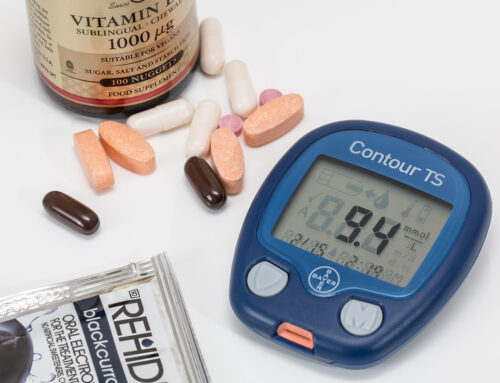If you read my last blog, Is Buying Organic Food Worth the Investment?, then you know more about pesticides on foods and how harmful they can be to our bodies. However, I understand how expensive groceries can get, especially if you’re trying to feed a family. My recommendation is to buy organic as much as possible, but if your grocery budget is limited, then follow these simple rules from the Environmental Working Group‘s two lists called the Dirty Dozen and Clean Fifteen:
THE DIRTY DOZEN (highest in pesticides) – ALWAYS buy organic varieties
- Apples
- Celery
- Bell peppers
- Peaches
- Strawberries
- Nectarines (imported)
- Grapes
- Spinach
- Lettuce
- Cucumbers
- Blueberries
- Potatoes
Plus, kale and green beans have recently been added to the list, since they may have pesticide residue of concern.
THE CLEAN DOZEN (lowest in pesticides) – Can buy non-organic varieties
- Onions
- Sweet corn
- Pineapples
- Avocados
- Cabbage
- Sweet peas
- Asparagus
- Mangoes
- Eggplant
- Kiwi
- Cantaloupe (domestic)
- Sweet potatoes
- Grapefruit
- Watermelon
- Mushrooms
Eating a variety of fruits and vegetables – and LOTS of them – is one of the best things you can do for your body. So don’t let this information stop you from consuming a nutrient-rich diet. However, due to toxic agricultural chemicals being sprayed over many of our favorite produce, we have to be careful about which non-organic fruits and veggies we choose to eat, as they may be doing more harm than good. The lists above give you a basic guideline to follow. Thanks to the world of phone apps, you can download the Dirty Dozen app on your phone so you always have the list handy.
Next Blog: Something’s Fishy: Which Fish is Safe to Eat?



